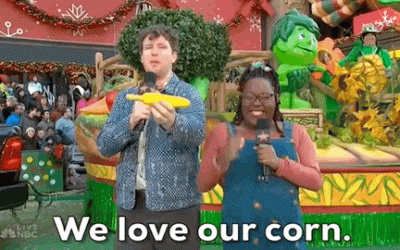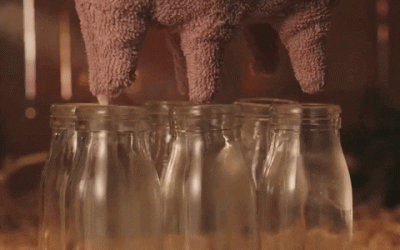The cattle industry is beefing up its efforts to fight fatal viruses.
The rundown: A researcher from Louisiana State University developed a new vaccine to fight against bovine respiratory disease and other cattle respiratory viruses.
Shafiqul Chowdhury, the lead researcher, created the vaccine by genetically modifying bovine herpes virus type one to display protective proteins of other respiratory viruses. The inclusion developed stronger BRD prevention.
Picking up the pieces: BRD vaccines are already commercially available using a modified live BRD vaccine with a “cocktail” of other viruses. Still, one in five infections of vaccinated cattle lead to death.
Infections of bred vaccinated cows can also lead to spontaneous abortions. Chowdhury says his vaccine eliminates the chance of the virus spreading and circulating in cattle populations and eliminates the risk of abortions through BRD infections.
Chowdhury says the new vaccine is more cost-effective due to how it’s produced (using and growing just one virus, instead of a mix of multiple).
Soundbite: “Global population growth and environmental changes mean we must increase the amount of food we produce. This LSU-developed vaccine will help protect the world’s food supply and improve outcomes for cattle producers in Louisiana and nationwide.” — Robert Twilley, LSU VP of Research & Economic Development
Moo-ving forward: Chowdhury has a pending patent for the vaccine after 10 years of development. If acquired, a commercial company that the researchers signed a licensing agreement with will be able to manufacture the vaccine for commercial use.
Short Corn Packs a Punch
Dynamite comes in small packages—which can be true with new seed technology. What’s...
Congress to EPA: What’s Your BEEF with Meat Packers?
The Environmental Protection Agency (EPA) is considering new regulations that take aim at meat and poultry processors.
And some members of Congress have a BEEF with the EPA’s proposals.
The proposed rules: In late January, the EPA released the details of its proposed “Clean Water Effluent Limitations Guidelines and Standards for the Meat and Poultry Products Point source category.”
Huh?
Basically, the EPA formally published its proposals to combat wastewater contaminants that come from slaughterhouses.
Okay… that makes more sense.
At the heart of the rules proposal is a concern from environmental groups about nitrogen and phosphorus pollutants that originate from slaughterhouses. In some cases, the wastewater goes directly into waterways. In other cases, the water goes to municipal wastewater treatment facilities.
But not everyone is on board with the EPA’s suggestions…
Congress responds: Last week, two U.S. representatives—Eric Burlison (MO) and Ron Estes (KS)—pushed back against the EPA and introduced the “Banning EPA’s Encroachment of Facilities (BEEF) Act.” If passed and signed by President Biden, the law would prohibit the EPA from finalizing, implementing, or enforcing the rule.
According to the lawmakers, the proposed rules place undue burden on small processors—costs that can be absorbed by larger companies.
Soundbite: “The… proposed regulation isn’t just an attack on family-run small businesses, it’s an attack on rural communities,” said Burlison. “These meat and poultry processors are the lifeblood of our communities. The BEEF Act… lets these hardworking Americans do what they do best, produce safe, affordable food for our families.”
University of Illinois Makes Big Mooves in Milk Production
Pump it up: Scientists led by Matt Wheeler at the University of Illinois Urbana-Champaign are...




